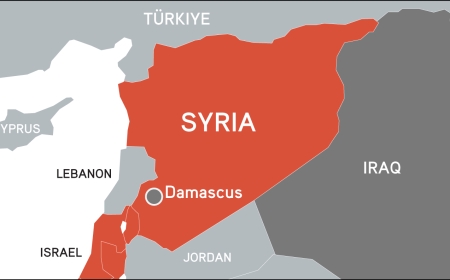The Countdown Begins: Iran's Impending Retaliation Against the Israeli Enemy

With the possibility of an imminent attack against the Israeli regime looming large, during the past few hours, statements from the highest echelons of the Iranian leadership have underscored their determination to wage a decisive military campaign. This has instilled a profound sense of fear in American and Israeli officials, who are acutely aware of the Axis of Resistance's capacity to orchestrate unexpected and formidable strikes. This forthcoming retaliatory campaign is in response to the assassinations of Fuad Shukr, a senior Hezbollah commander, several commanders of the Iraqi Popular Mobilization Forces (PMF), and Ismail Haniyeh, the head of Hamas' political bureau.
Following the fabricated attack on Majdal Al-Shams, situated in the occupied Golan Heights, the Americans and Israelis launched a series of joint assaults across Lebanon, Iraq, and Iran, naïvely believing that by crossing all established red lines, they could tilt the balance of power in their favor in the Middle East. Now, as the Axis of Resistance’s inevitable retaliation approaches, they are completely paralyzed with trepidation and uncertainty.
Given the close proximity of Iran, southern Lebanon, Iraq, western Syria, and northern Yemen to the occupied Palestinian territories, a complex military campaign from several fronts against the Israeli regime is quite likely, heightening Washington's concern. American policymakers are cognizant of the fact that this decisive, unforgettable response would irrevocably reshape US strategic considerations, rendering any further transgressions unthinkable.
The reliable sources indicate that Haifa, particularly the Ramat David military base—home to the 109th, 110th, 117th, and 193rd squadrons—could be a prime target. If struck, the Haifa refinery, which is close to the Mediterranean shores, would sustain enormous financial losses to the Israeli enemy. In fact, Haifa is the third-largest city in occupied Palestine after Tel Aviv and Quds [Jerusalem], a crucial nexus linking the Mediterranean Sea with Tel Aviv and Jerusalem and housing a population of approximately 500,000, making it a highly appealing target.
The Axis of Resistance's target list likely includes the 27th Squadron base at Ben Gurion International Airport in Tel Aviv and the Palmachim air base near Rishon LeZiyyon. This military facility, located northeast of Ashkelon and in close proximity to a nuclear research center, hosts various helicopters, drones, and potentially F-35 fighters—also a critical node for missile defense and space rocket launches—forming a pivotal component of the Israeli war effort against Gaza.
Recent intelligence further suggests that Tel Nof, Ramon, Ramat David, Nevatim, Hatzor, and Hatzerim air bases, along with airfields like Ein Shemer, Bir Gifgafa, and Ovda, are in the crosshairs of the Axid of Resistance operations.
Last but not least, Arab regimes, including Jordan, Egypt, and Saudi Arabia, have been explicitly warned: any attempt to defend Israel or deploy their defense systems will result in their immediate targeting. Should the conflict escalate, their oil refineries and tankers will also become prime targets, exerting an unbearable strain on the global economy.













































